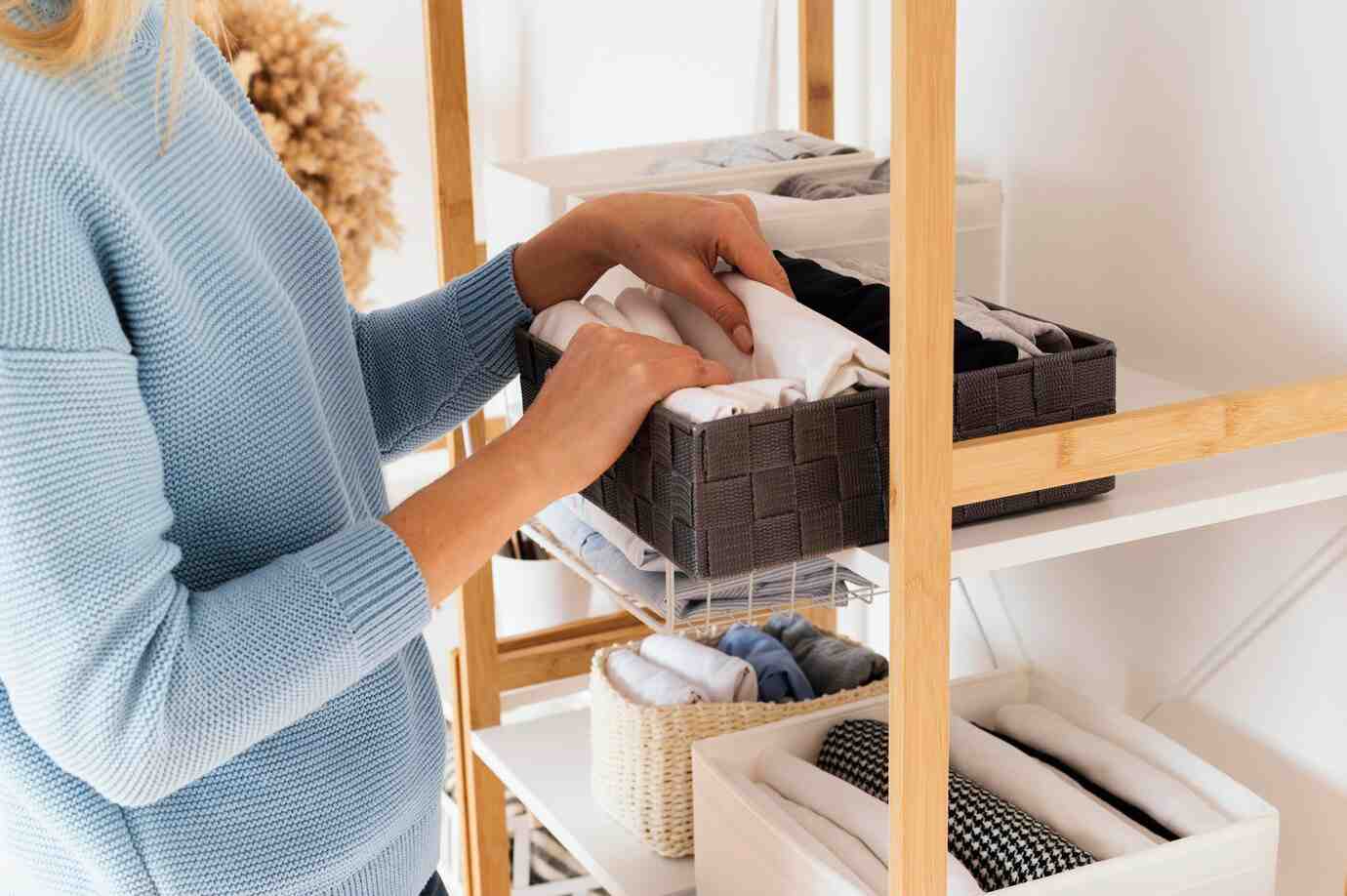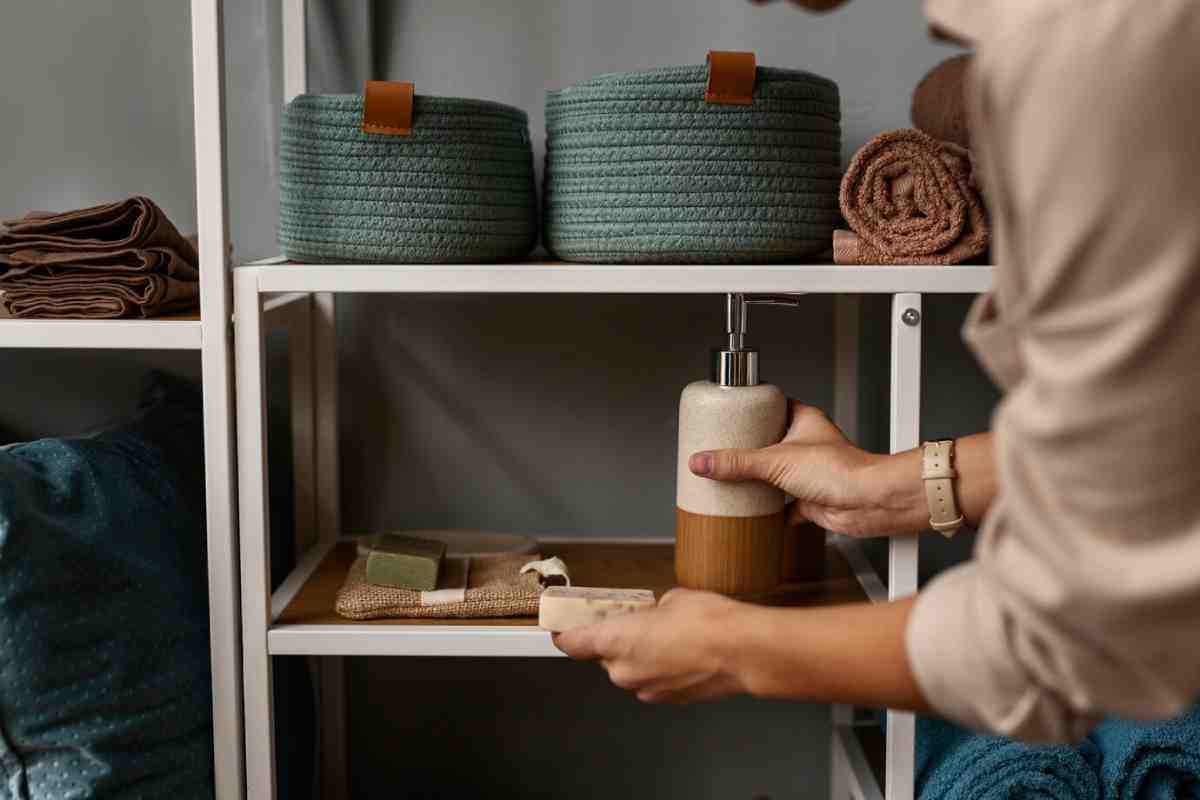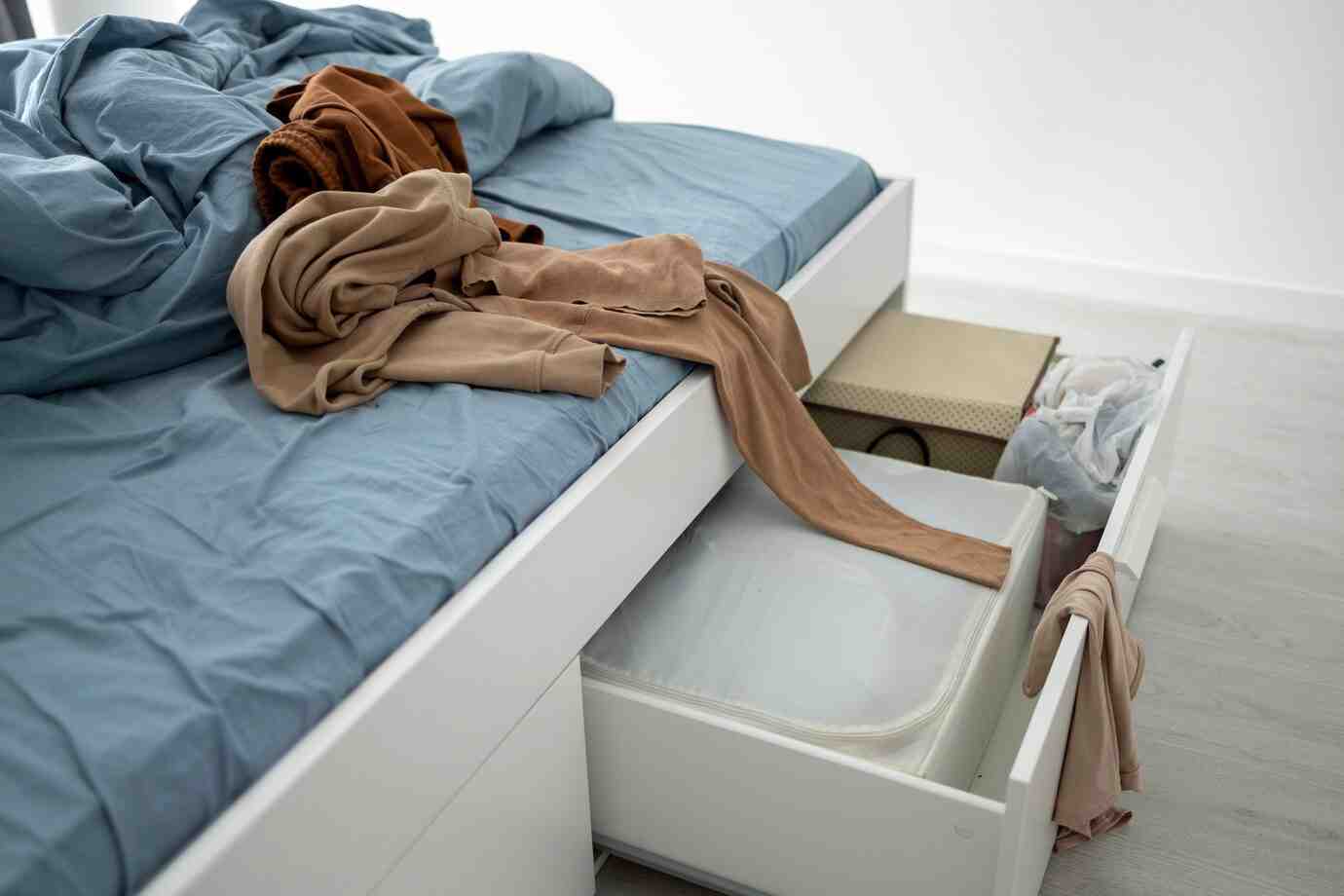
How to Handle “Shared Ownership” Items Using KonMari
Living in a shared space — whether with family, flatmates, or partners — is a beautiful thing. It brings together different energies, personalities, and stories. But when it comes to possessions, this harmony can quickly tip into chaos. From the coffee table covered in magazines to the tangled drawer of “shared” chargers, clutter builds fast in communal areas.
That’s where the KonMari Method steps in. Known for its “spark joy” philosophy, this approach is surprisingly effective for shared item organisation too. Whether you’re navigating co-living decluttering with housemates or managing family items, applying KonMari to shared spaces fosters respect, clarity, and happiness.
In this guide, we’ll dive deep into practical strategies, real-world examples, and expert tips to help you handle shared ownership items without conflict — and with a lot more joy.
Why Shared Spaces Get Cluttered

Different Priorities, Different Attachments
Everyone has a unique relationship with “stuff.” What sparks joy for one person might be invisible clutter to another.
- Sentimental value: Someone treasures an old board game.
- Practical value: Someone keeps every spare cable “just in case.”
No Clear Ownership
Without clear boundaries, shared items easily pile up. Who owns the blender? Whose turn is it to sort the bookshelf?
Recognising this dynamic is key before you begin.
Preparing for Co-Living Decluttering
Set the Right Tone
Start with a positive mindset. It’s not about accusing or blaming — it’s about creating a joyful, comfortable living environment for everyone.
Invite others by saying:
- “I’d love for us to create a space that makes everyone feel relaxed and happy. Want to join me in a quick refresh?”
Agree on a Shared Vision
Spend a few minutes discussing:
- How do we want the space to feel?
- What activities do we enjoy doing here?
Having a shared goal helps everyone feel included.
Organising Shared Items with KonMari

Identify Truly Shared Items
Gather everything you co-own or use communally. Examples might include:
- Kitchen gadgets
- Board games
- Craft supplies
- Books and magazines
- Electronics (chargers, cables, remote controls)
Use sticky notes to mark uncertain items — it’s a visual cue for discussion.
Tidy by Category
Just like classic KonMari, tackle items by category, not by room.
Order suggestions:
- Books and magazines
- Games and hobby materials
- Kitchen equipment
- Electronics
- Miscellaneous
Conduct a Joy Check Together
Each person handles the item and silently asks:
- “Does this still bring value or happiness to our shared life?”
Respect each person’s feelings. If someone loves the popcorn machine that’s rarely used, discuss compromises like better storage.
Decide Ownership or Shared Status
Label:
- Individual items (return to personal spaces)
- True shared items (remain communal)
If disputes arise, lean on shared goals: “Does keeping this help us achieve the space we all want?”
Organise Shared Items Clearly
Store communal items:
- Visibly (clear bins, open shelving)
- Accessibly (equal reach for everyone)
- Respectfully (no one’s favourites hidden at the back)
Label zones, if helpful, such as “Games Night Shelf” or *”Baking Station.”
Set Up Simple Maintenance Rituals
- Monthly “refresh” days
- “One in, one out” for new items
- Gentle reminders, not nagging
Managing Emotional Attachments in Shared Decluttering

When One Person Wants to Keep Everything
- Acknowledge emotions: It’s rarely just about the stuff.
- Suggest compromises: *”Maybe we store it elsewhere?”
- Focus on positives: “Keeping our favourites means we enjoy them more.”
When No One Claims an Item
- Offer a grace period (e.g., “If no one claims it in a month, it goes.”)
- Create a “maybe” basket: Items reviewed again later.
When Sentimental Items Are Involved
- Offer private storage spaces.
- Set gentle boundaries: communal areas should serve the whole group.
Real-Life Story: How the Green Flatmates Decluttered
Anna, Jamie, and Priya shared a three-bedroom flat in Leeds. Over time, their living room became a shrine to abandoned hobby equipment and half-finished puzzles.
“We realised no one felt truly at home,” says Anna.
After learning about co-living decluttering through the KonMari approach, they spent a weekend sorting everything:
- Books were halved and donated.
- A broken foosball table (no one had touched it for a year) was joyfully released.
- Craft supplies were condensed into one neat box.
Now, their living room has yoga mats, a small library, and space for spontaneous karaoke nights. “It actually feels like ours now,” Jamie shares.
Practical Tips for Long-Term Success
Set Clear “Shared Space Rules”
- Items must spark joy for everyone, or find a private home.
- New additions should be discussed first.
- Weekly 10-minute tidy-ups keep things manageable.
Respect Individual Differences
Not everyone feels the same about mess. Some prefer minimalism; others like cosy clutter. Finding the middle ground is crucial.
Golden Rule: Focus on creating spaces that support everyone’s happiness, not achieving magazine perfection.
Celebrate the Wins
- Host a “new space” celebration after a big declutter.
- Take before-and-after photos.
- Acknowledge the effort — everyone likes a little appreciation.
Bonus: Shared Space Decluttering Checklist
- Agree on a shared vision
- Identify and gather all communal items
- Sort by category
- Joy check each item
- Decide on individual vs shared status
- Organise visibly and accessibly
- Establish simple maintenance rituals
Print it, stick it on the fridge, and tick it off together!
Sparking Joy Together: A New Way to Live
Shared spaces should feel like a warm embrace, not a battleground. By applying the KonMari method thoughtfully, you’re not just decluttering possessions — you’re strengthening relationships, building respect, and creating a foundation for more joyful living.
Remember: shared item organisation isn’t about getting it “perfect” — it’s about designing spaces that serve everyone’s happiness and growth.
Are you ready to transform your shared spaces into zones of harmony and joy? Start small, stay kind, and watch the magic unfold. We’d love to hear your experiences — share your journey, tips, or questions in the comments below!


